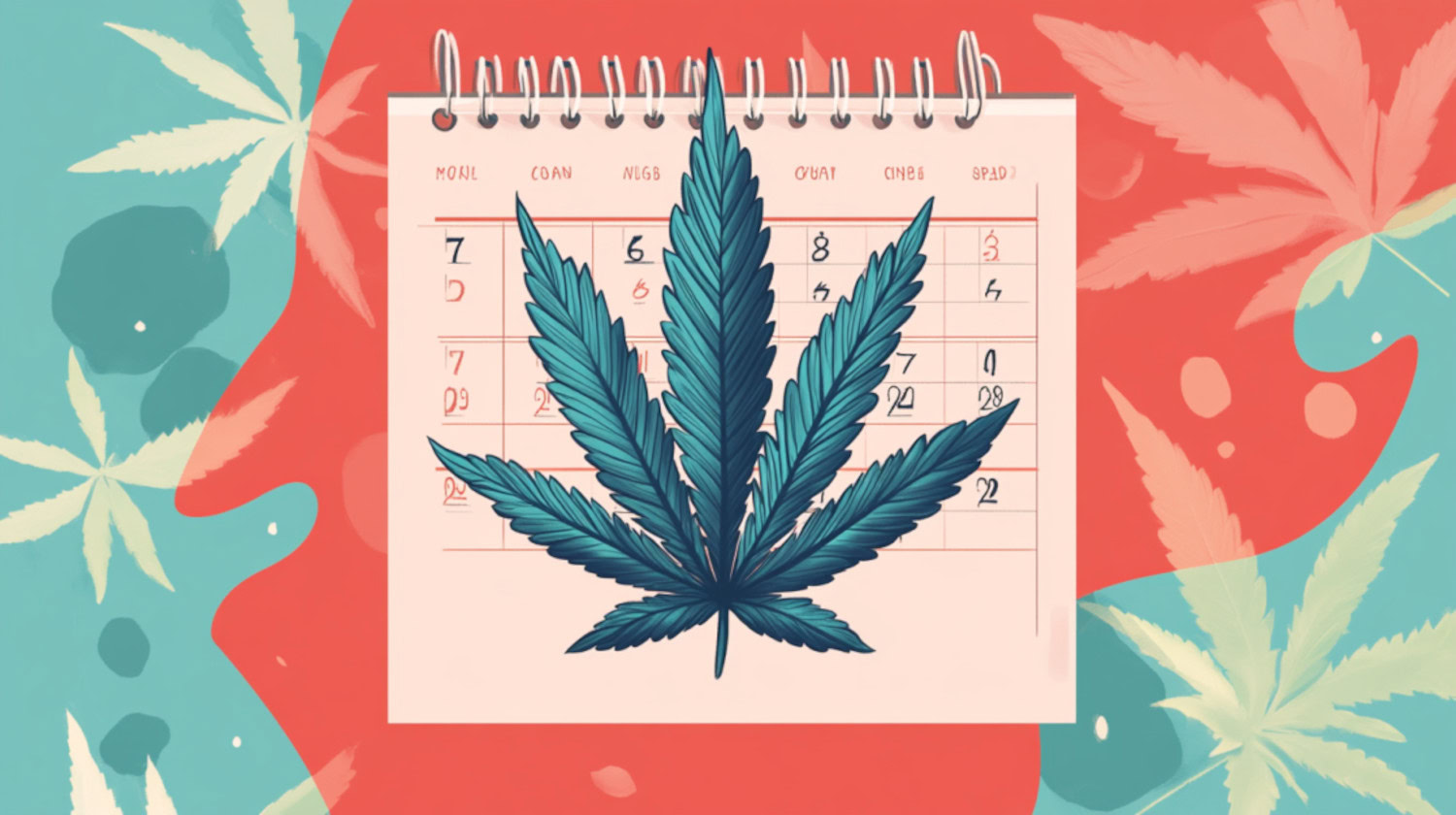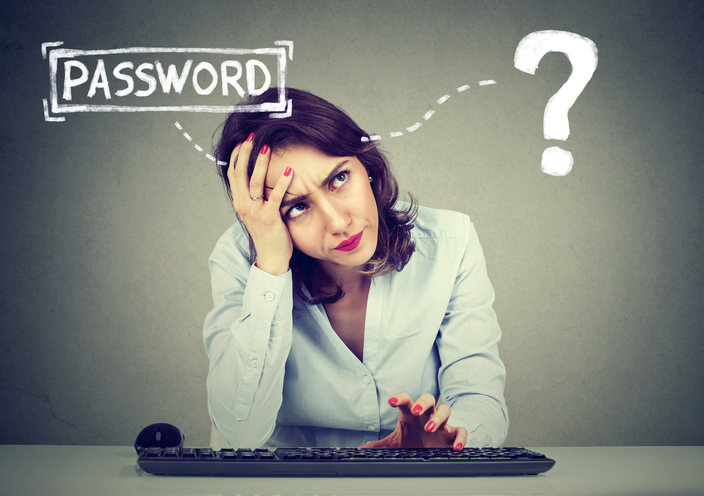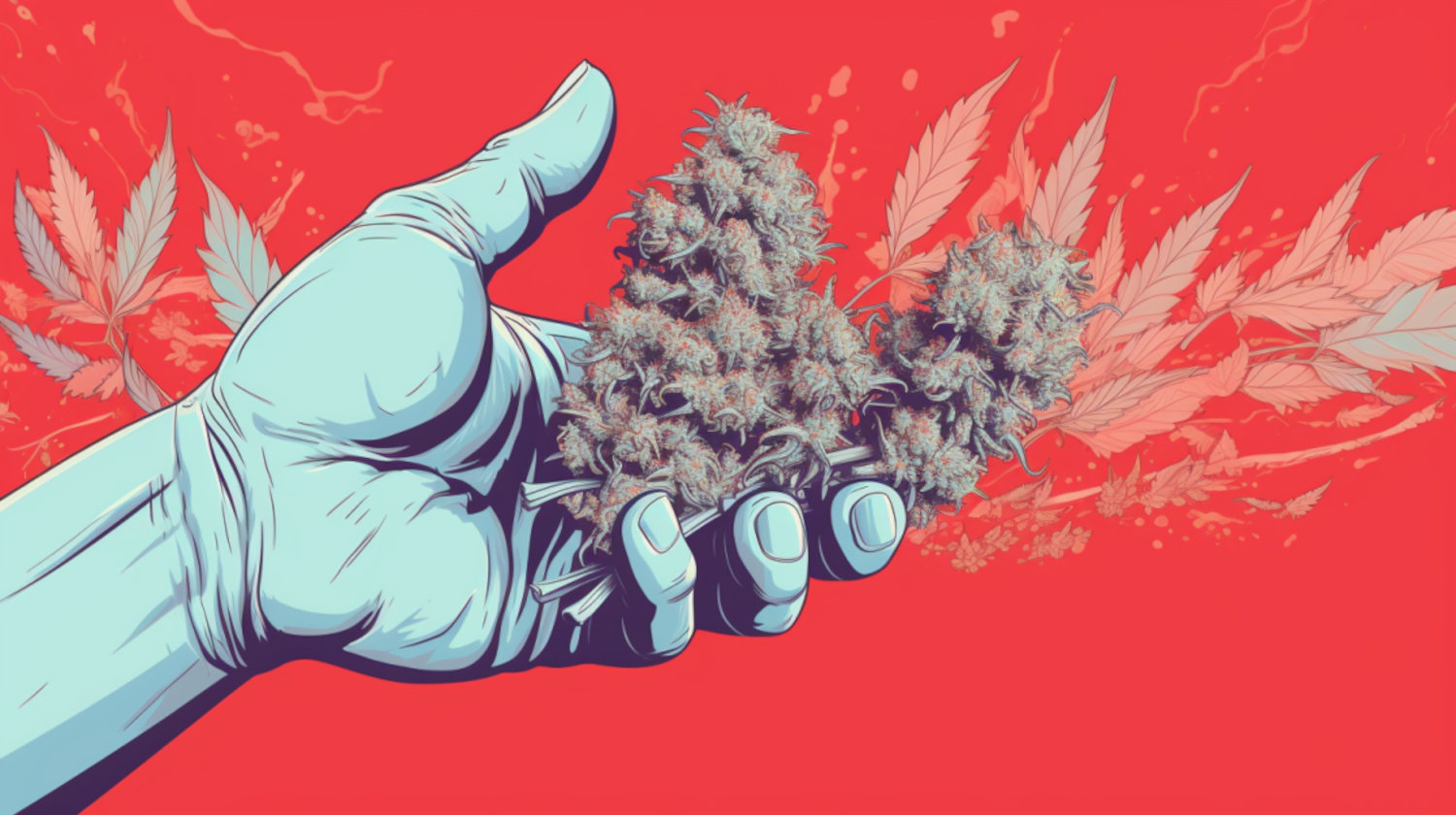In This Article
- What are the Short-Term Effects of Cannabis?
- Euphoria and Altered Perception
- Relaxation and Reduced Anxiety
- Increased Appetite
- Impaired Coordination and Reaction Time
- Dry Mouth and Red Eyes
- What are the Short-Term Risks of Constant Cannabis Use?
- What are the Long-Term Effects of Smoking Weed Every Day?
- Smoking Weed Every Day: The Difference Between Medical and Recreational Use
- Alternatives to Smoking Weed Every Day
- Edibles
- Tinctures
- Vapes
- CBD Products
- References
Key Takeaways
- Cannabis is generally considered safe and has many potential medical benefits.
- Prolonged heavy use of cannabis may lead to cognitive impairment, which is thought to be temporary.
- For medical cannabis patients, the benefits of regular use as directed by a doctor likely outweigh any risks.
Cannabis is a plant with an ancient history of human use.1 Even so, it has gained significant attention in recent years for its potential therapeutic benefits and widespread legalization in several states.2 Many medical patients are turning to cannabis as an alternative treatment for various conditions.3 While medical cannabis is growing in popularity, patients and physicians alike are left wondering if smoking weed every day is really healthy.
Generally considered safe, cannabis has shown promise in managing chronic pain, nausea, and other symptoms. However, cannabis research is still in its early stages and severely underfunded, and there is still a scarcity of comprehensive research on the effects of long-term cannabis use, especially when consumed daily.
Even so, there are plenty of people out there who are everyday weed smokers. Many start smoking as soon as they wake up, in fact ("wake and bake"). But how healthy is this?
What are the Short-Term Effects of Cannabis?

When consumed, cannabis can produce various short-term effects on both the body and mind. These effects are often experienced shortly after use and can vary depending on the individual, the strain of cannabis, and the method of consumption.
Euphoria and Altered Perception
One of the most well-known short-term effects of cannabis is a feeling of euphoria or “high.” Cannabis interacts with the brain’s endocannabinoid system, leading to changes in perception and mood. Colors might appear more vibrant, and senses like taste and smell can become heightened.
The altered perception experienced while under the influence of cannabis is a result of the complex interplay between (mostly) THC and the brain's neural pathways.4 These pathways regulate sensory processing, emotional responses, and cognitive functions. By modulating these pathways, cannabis can temporarily reshape how individuals perceive and interpret the world around them.
Relaxation and Reduced Anxiety
Many medical patients turn to cannabis to alleviate anxiety and stress. For many medical patients, anxiety and stress can significantly diminish their quality of life, impacting their ability to function and enjoy daily activities. Short-term use may lead to relaxation and reduced anxiety levels, which may be beneficial for certain conditions.5
Increased Appetite
In a phenomenon commonly referred to as “the munchies,” cannabis can stimulate appetite, making patients feel hungrier than usual.6 This effect is primarily attributed to THC, which interacts with brain receptors to make it think it's hungry. This effect may be particularly helpful for those undergoing medical treatments that cause appetite loss, such as chemotherapy, AIDS, or gastrointestinal disorders.
These conditions often lead to reduced food intake, weight loss, and malnutrition. By using cannabis, patients undergoing such treatments can potentially counteract appetite loss, aiding in maintaining proper nutritional levels and supporting overall health.
Impaired Coordination and Reaction Time
Cannabis use can have noticeable effects on motor skills and coordination, primarily due to its influence on the central nervous system.7
The active components in cannabis can disrupt the communication between the brain and muscles, resulting in slower and less precise movements. Activities that involve fine motor skills, such as writing or playing instruments, may be particularly challenging under the influence of cannabis.
Dry Mouth and Red Eyes
Cannabis use can commonly bring about temporary side effects like dry mouth and red eyes.8 Dry mouth, often termed "cotton mouth," occurs due to THC, the primary active compound in cannabis, inhibiting salivary gland function. This reduction in saliva production can lead to discomfort and impact oral health and digestion. Staying well-hydrated by drinking fluids and chewing sugar-free gum can alleviate this effect.
Also, red eyes are a result of cannabis causing blood vessels in the eyes to expand, leading to eye redness. While red eyes are typically harmless, they can be managed using over-the-counter eye drops designed to reduce redness.
What are the Short-Term Risks of Constant Cannabis Use?

Using cannabis constantly and in high doses may lead to certain short-term risks, especially for medical patients who rely on it as a treatment.
- Cognitive Impairment: Frequent and heavy cannabis use has been associated with temporary cognitive impairments, including difficulties with memory, concentration, and learning.9 This may pose challenges for medical patients who need to maintain mental clarity to manage their conditions effectively.
- Anxiety and Paranoia: While cannabis can initially reduce anxiety, excessive consumption, especially in susceptible individuals, may lead to increased anxiety and paranoia.10
- Heart Rate Increase: Cannabis can cause a temporary increase in heart rate, which may be a concern for patients with pre-existing heart conditions.
- Respiratory Issues: Smoking cannabis can irritate the respiratory system and lead to short-term issues like coughing and phlegm production.
What are the Long-Term Effects of Smoking Weed Every Day?
Research into the long-term risks of cannabis use on the brain has been a subject of ongoing study, but the findings are often conflicting and require careful analysis.
Some studies have reported memory, attention, and cognitive function impairments among long-term heavy cannabis users.9 This is especially true of working memory impairments.11
However, some studies found a complete recovery of any cognitive impairments after four weeks of abstinence. Yet, others found longer-term cognitive deficits or only partial recovery of cognitive impairments in abstinent users.
One of the potential long-term risks associated with cannabis use is the development of Cannabis Use Disorder (CUD).12 CUD is characterized by problematic patterns of cannabis use, leading to significant impairment or distress in daily life. While not everyone who uses cannabis will develop CUD, it is a concern for some individuals, particularly those who use cannabis heavily and regularly.
Last but not least, smoking cannabis, like any other substance, exposes the respiratory system to harmful substances produced by combustion, which can lead to respiratory issues such as chronic bronchitis.13,14
For medical patients concerned about potential respiratory risks associated with smoking, alternative methods of cannabis consumption may be considered. Vaporizers, edibles, oils, and tinctures deliver cannabinoids without any combustion necessary, which could be less harmful to the lungs.
Smoking Weed Every Day: The Difference Between Medical and Recreational Use
Needless to say, cannabis holds different significance for medical patients, compared to recreational users.
For medical patients, cannabis often serves as a vital component of their treatment plan. Many medical conditions, such as chronic pain, anxiety, and certain neurological disorders, can significantly impact a patient’s quality of life.15 In such cases, cannabis may offer relief from symptoms that traditional medications could not adequately address.16
On the other hand, recreational users consume cannabis for enjoyment, relaxation, or social purposes. Their motivation for use differs from that of medical patients seeking symptom relief and improved well-being.17
Unlike recreational users who may consume cannabis sporadically or occasionally, some medical patients require daily use to manage their conditions effectively.
Medical professionals may suggest using cannabis regularly as part of the treatment plan for chronic pain or neurological disorders that require ongoing symptom relief.18 Nevertheless, the decision to use cannabis daily for medical purposes should always be made alongside your doctor.
Alternatives to Smoking Weed Every Day

There are other ways to relieve medical conditions without smoking cannabis every day. These alternatives not only offer diverse ways to experience the benefits of cannabis but can also help mitigate some of the potential risks associated with smoking.
Edibles
Edible cannabis products, such as infused gummies, chocolates, and baked goods, offer a discreet and smoke-free way to consume cannabis. Edibles provide a longer-lasting effect than smoking, as they metabolize differently in the body. However, it’s essential to be mindful of dosage, as the effects may take longer to kick in and can be more potent.19
Tinctures
Cannabis tinctures are liquid extracts made from cannabis plants and alcohol. They can be administered sublingually (under the tongue) or added to food and beverages. Tinctures can provide a fast and convenient method of consumption with precise dosing control, making them ideal for medical patients seeking consistency in their treatment.
Vapes
Vaporization involves heating cannabis to a temperature that releases cannabinoids and terpenes without combustion. Vaping may reduce exposure to harmful byproducts of smoking, making it a potentially safer alternative for those concerned about respiratory issues. Additionally, vaporizers offer discreet and convenient consumption options.
CBD Products
Cannabidiol (CBD), a non-intoxicating compound found in cannabis, has gained popularity for its potential therapeutic benefits. Unlike THC, CBD does not alter heart rate, blood pressure, or body temperature, making it suitable for individuals seeking relief without the intoxicating effects of THC. Research suggests that CBD may have neuroprotective and anti-inflammatory properties, which could benefit various neurological conditions.
References
- Crocq MA. History of cannabis and the endocannabinoid system
. Dialogues Clin Neurosci. 2020;22(3):223-228. doi:10.31887/DCNS.2020.22.3/mcrocq
↩︎ - National Academies of Sciences, Engineering, and Medicine, Health and Medicine Division, Board on Population Health and Public Health Practice. Therapeutic Effects of Cannabis and Cannabinoids In: The Health Effects of Cannabis and Cannabinoids: The Current State of Evidence and Recommendations for Research. National Academies Press (US); 2017. https://www.ncbi.nlm.nih.gov/books/NBK425767/
↩︎ - Webb CW, Webb SM. Therapeutic benefits of cannabis: a patient survey. Hawaii J Med Public Health. 2014;73(4):109-111.
↩︎ - Brumback T, Castro N, Jacobus J, Tapert S. Effects of Marijuana Use on Brain Structure and Function: Neuroimaging Findings from a Neurodevelopmental Perspective. Int Rev Neurobiol. 2016;129:33-65. doi:10.1016/bs.irn.2016.06.004
↩︎ - Shannon S, Lewis N, Lee H, Hughes S. Cannabidiol in Anxiety and Sleep: A Large Case Series. Perm J. 2019;23:18-041. doi:10.7812/TPP/18-041
↩︎ - Kirkham TC. Cannabinoids and appetite: food craving and food pleasure. Int Rev Psychiatry. 2009;21(2):163-171. doi:10.1080/09540260902782810
↩︎ - Prashad S, Filbey FM. Cognitive motor deficits in cannabis users. Curr Opin Behav Sci. 2017;13:1-7. doi:10.1016/j.cobeha.2016.07.001
↩︎ - Andreis K, Billingsley J, Naimi Shirazi K, et al. Cannabinoid CB1 receptors regulate salivation. Sci Rep. 2022;12(1):14182. Published 2022 Aug 19. doi:10.1038/s41598-022-17987-2
↩︎ - Shrivastava A, Johnston M, Tsuang M. Cannabis use and cognitive dysfunction. Indian J Psychiatry. 2011;53(3):187-191. doi:10.4103/0019-5545.86796
↩︎ - Sharpe L, Sinclair J, Kramer A, de Manincor M, Sarris J. Cannabis, a cause for anxiety? A critical appraisal of the anxiogenic and anxiolytic properties. J Transl Med. 2020;18(1):374. Published 2020 Oct 2. doi:10.1186/s12967-020-02518-2
↩︎ - Crean RD, Crane NA, Mason BJ. An evidence based review of acute and long-term effects of cannabis use on executive cognitive functions. J Addict Med. 2011;5(1):1-8. doi:10.1097/ADM.0b013e31820c23fa
↩︎ - Connor JP, Stjepanović D, Le Foll B, Hoch E, Budney AJ, Hall WD. Cannabis use and cannabis use disorder. Nat Rev Dis Primers. 2021;7(1):16. Published 2021 Feb 25. doi:10.1038/s41572-021-00247-4
↩︎ - National Academies of Sciences, Engineering, and Medicine, Health and Medicine Division, Board on Population Health and Public Health Practice. Respiratory Disease. In: The Health Effects of Cannabis and Cannabinoids: The Current State of Evidence and Recommendations for Research. National Academies Press (US); 2017. https://www.ncbi.nlm.nih.gov/books/NBK425767/
↩︎ - Ribeiro L, Ind PW. Marijuana and the lung: hysteria or cause for concern? Breathe. 2018;14(3):196-205. doi:https://doi.org/10.1183/20734735.020418
↩︎ - Mills SEE, Nicolson KP, Smith BH. Chronic pain: a review of its epidemiology and associated factors in population-based studies. Br J Anaesth. 2019;123(2):e273-e283. doi:10.1016/j.bja.2019.03.023
↩︎ - Bridgeman MB, Abazia DT. Medicinal Cannabis: History, Pharmacology, And Implications for the Acute Care Setting. P T. 2017;42(3):180-188.
↩︎ - Lin LA, Ilgen MA, Jannausch M, Bohnert KM. Comparing adults who use cannabis medically with those who use recreationally: Results from a national sample. Addict Behav. 2016;61:99-103. doi:10.1016/j.addbeh.2016.05.015
↩︎ - Kahan M, Srivastava A, Spithoff S, Bromley L. Prescribing smoked cannabis for chronic noncancer pain: preliminary recommendations. Can Fam Physician. 2014;60(12):1083-1090.
↩︎ - Barrus DG, Capogrossi KL, Cates SC, et al. Tasty THC: Promises and Challenges of Cannabis Edibles. Methods Rep RTI Press. 2016;2016:10.3768/rtipress.2016.op.0035.1611. doi:10.3768/rtipress.2016.op.0035.1611
↩︎
The information in this article and any included images or charts are for educational purposes only. This information is neither a substitute for, nor does it replace, professional legal advice or medical advice, diagnosis, or treatment. If you have any concerns or questions about laws, regulations, or your health, you should always consult with an attorney, physician or other licensed professional.




